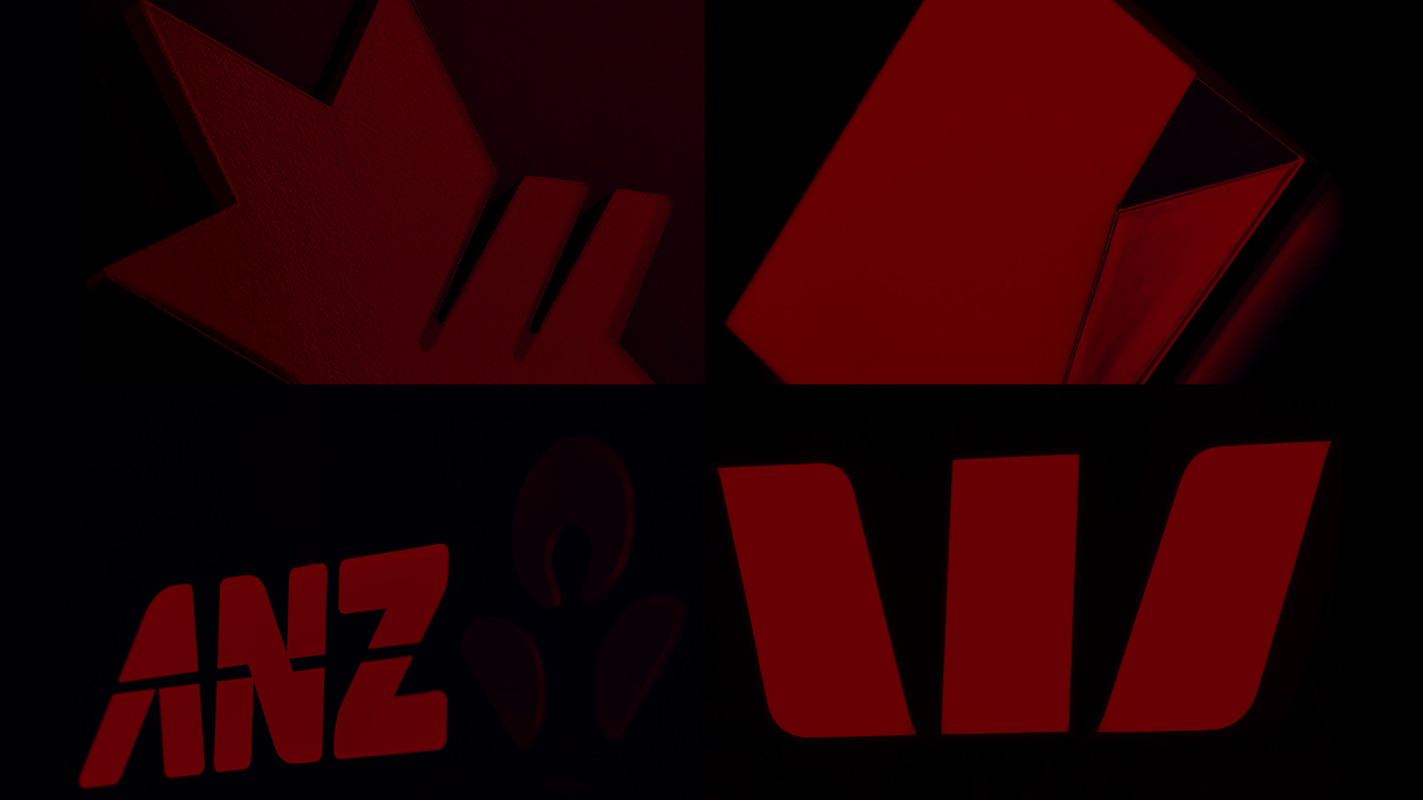Can banks still be trusted for dividends in 2021?
May is shaping up to be one of the most important months for dividend-focused Australian investors, with bank reporting season beginning on May 3, with Westpac’s interim result. The unexpected strength of the sector was brought to light this week after two of the three main ratings agencies upgraded their views on the sector, on the back of the strength of the domestic economy and what they call ‘asset quality’. As we have learned on previous occasions, credit ratings agencies tend to lag the rest of the market when it comes to making these assessments.
Moody’s Ratings maintained the A+ credit rating across each of the Big Four, while Fitch lifted its own outlook to ‘stable’ from the ‘negative’ position it applied during the worst of the crisis in 2020. The announcements triggered little in the way of share price movement on the day, with all the heavy lifting having been completed over the last 12 months. Consider, for instance, that ANZ Bank (ASX: ANZ) shares are 75% higher since April last year, National Australia Bank (ASX: NAB) is up 67%, Westpac (ASX: WBC) up 59% and the Commonwealth Bank (ASX: CBA) a more pedestrian 41%.
The recovery from the depths of the worst crisis in decades has been nothing short of remarkable, as has the residential property recovery that has powered them ahead. In many cases, the banks’ own economists had forecast residential property price falls of as much as 20%- 30% due to the pandemic, with Coolabah Capital’s Chris Joye one of the only contrarians. In truth, a 10% fall was as far as it went, with expectations now upgraded to a 20% gain in 2021; that’s the crazy world we live in.
Property prices are an important input into the Big Four Banks, as it is ultimately the amount of loans they make and the quality of those loans that determine their profitability. In the upcoming reporting season, I’m expecting to see a significant jump in lending growth, evidenced by the incredible scenes at auctions occurring around Australia at the moment. Consumers have access to the cheapest mortgages in history, but with rents weakening, first-home buyers are seemingly dominating the market.
These low interest rates are being powered by the Reserve Bank in the form of both the record-low 0.10% RBA Cash Rate, but also in the 0.25% Term Lending Facility set up during the March 2020. Under this facility, the banks are able to borrow a significant amount of capital at a cost of 0.25%, fixed for three years, on the basis that it is used to on-lend to consumers and businesses. It was an important response to the economic crisis brought on by the pandemic.
At their core, banks ‘borrow short’ and ‘lend long’ ultimately charging their customers a ‘net interest margin’ which reflects the difference between their borrowing costs and the interest rate they charge. Their borrowings come from our bank accounts, term deposits, hybrid or bond issues, and their loans are obviously quite simple. By reducing their cost of capital to nearly zero the RBA has allowed them to maintain their profit margins, which effectively ensured lending would continue to flow to the economy.
While this is a great sign, it will not last forever. The banks continue to be attacked from every side, with the non-bank lending sector continuing to gather steam, smaller regional lenders seeking to take additional market share and then specialist lending platforms like Buy Now, Pay Later (BNPL) providers eating up their valuable credit and foreign exchange businesses. So, are banks taking the opportunity to reset their business models? CBA’s decision to partner with Swedish BNP player Klarna and Westpac’s successful investment in Coinbase would suggest they are, but looking more closely, everything appears the same. With the average tenure of a CEO somewhere around five years and true innovation in the sector likely to require cannibalising an existing business model, the banks are clearly doubling down on what they know best: property-backed lending.
The question, however, is whether there is still room for four? There is no doubt that the Big Four are protected by legislation, yet they really aren’t much different, so do we really need them all? In portfolios, I would suggest not.
Looking across the market this week, the valuation and results are as you would expect. All four major banks are yielding between 3.0 and 3.5 per cent (before franking) on 2020 dividend levels. However on a price-to-net-asset-value (or ‘price-to-book’ basis), which is the most commonly used assessment of the global banking sector, CBA remains the standout. The group trades on a price-to-book ratio of 2.14 times, not far off its all-time high of about 2.6 times. NAB is significantly lower at 1.43 times book, with ANZ and Westpac the ‘cheapest’ at 1.33 times. The valuation difference ultimately reflects the quality of each bank’s brand and franchise, and ultimately, my order of preference.
Investors should not expect the banking sector to quickly return to the 80% pre-pandemic dividend payout ratios, nor should they expect significant returns of capital anytime soon. The pandemic reiterated how quickly boards will move to protect company interests; in the case of NAB, undertaking a highly dilutive raising that may well not have been required given better foresight. The May 2020 raising was done at $14.15, nearly half today’s price of $26.79, so if you didn’t take it up ,you would have been diluted.
The banking sector as a whole is in a strong but difficult position. It needs a perfect runway or goldilocks conditions. Interest rates need to rise enough to allow them to increase their net interest margins to offset the eventual removal of the Term Lending Facility; but not enough to send the property market or economy significantly lower. The trade-off sounds challenging.
Given the swift recovery, with most only 10% off pre-pandemic share price highs, it is hard to see the big four maintaining their positive trajectory for the remainder of 2021. Looking around the brokers the views are more mixed than usual. ANZ is garnering seven “buy” recommendations from seven reviews; CBA has five “neutral” and two outright “sell” recommendations; NAB three “buys” and four “holds,” and Westpac five “buys” and two “holds.”
Interestingly, each of the banks, barring Westpac, remains well below its pre-GFC or even 2015 highs, meaning they have provided little in the way of returns for even the longest-term investors; dividends included. This is the sort of performance expected from businesses that pay out the majority of their profit as dividends. I’m hoping they use this opportunity to reinvest.











